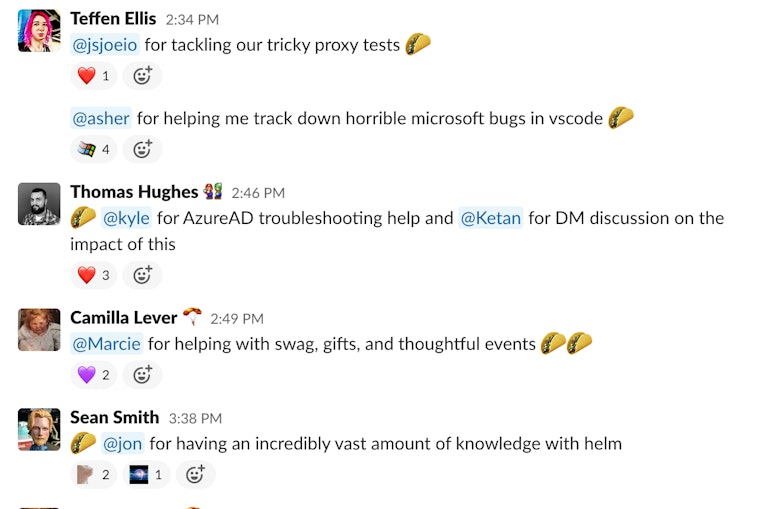Remote development benefits and best practices

COVID accelerated a trend to remote work and by all indications, large sectors of the workforce will remain either remote or in some sort of hybrid environment.
Developers are better suited than most to adapt easily to remote work since much of their daily workflow involves accessing remote servers and repositories.
In this guide, we will explore both the opportunities and best practices for any developer who is interested in working remotely.
The basics of remote development
Traditionally, developers have run their integrated development environments (IDEs) on their local machines. In the last few years, there has been a growing interest in moving development workspaces and IDEs to the cloud. We’ve written before about some of the roadblocks that have prevented more developers from moving to the cloud.
Benefits of remote development
We are big proponents of cloud-based development here at Coder and believe that cloud-powered development environments are the best solution for any development team whether co-located, hybrid remote, or fully remote.
Connect from anywhere
With developer workspaces hosted in the cloud, teams can connect from wherever they are physically located. Cloud IDEs and remote desktop solutions (VNC) allow developers to work as securely as they would from the office.
Use any device
Because the compute-intensive work like compile and assembly is being done in the cloud, developers can basically use any device (even an iPad) to access their workspaces. This can significantly reduce costs for companies since developer workstations tend to be pricey. It also makes “bring your own device” (BYOD) an option, which, depending upon the location of the developer, may be the only option because of regulations governing shipping technologies to certain countries.
Secure source code
Although not the case with every cloud-based IDE, with Coder the source code never needs to leave the security of the company’s cloud infrastructure. It remains in the Git repositories and on the Kubernetes cluster where the developer workspaces reside, not on developers’ laptops.
Best practices for remote developers
So you’ve got your remote development team in place. You’ve implemented appropriate technological solutions. Here are some best practices that reinforce the benefits of remote models while mitigating the challenges.
Monitor and update workflows
You should track productivity among the team as meticulously as you would track code in a product. The point is not to ferret out the less productive. Rather, the need is to explore and identify efficiencies, just as you would in your code. For most of us, remote work is still a relatively new phenomenon. Companies and individuals are still learning. Spot potential issues early, and be willing to adapt and experiment.
Find ways to stay social
Building and maintaining rapport among remote team members is undeniably difficult. It is also much easier to fall “out of the loop” when you can no longer overhear conversations taking place in the office.
Schedule regular dialogues between team members to build rapport, reinforce accountability, and make sure everyone has the same info. Be as clear and forthcoming with praise, as well as criticisms.
At Coder, we’ve found great success with a Slack integration that allows team members to give each other digital tacos as a way of saying thank you 🌮🌮🌮. Recipients can redeem their tacos for real items such as cookie delivery, a bottle of wine, company swag, or a massage, but truthfully those rewards are less important than the rapport developed between team members as well as the greater visibility that giving tacos provides into what people are working on across the company.

Giving tacos is a way to say thank you to co-workers while also providing a window into what others are working on helping everyone stay more connected.
Lean into collaboration
Having team members located in vastly different time zones is an opportunity to improve or support a product 24/7 , without anyone working outside of their preferred schedule. Embrace this fact in your daily workflow. Pull requests submitted at the end of a developer’s workday can be reviewed and waiting for them to resume work when they come back online.
And when you’re collaborating with other remote developers from vastly different backgrounds, you’re opening up to a wealth of creative solutions. That’s why creating a remote culture is important to your work. It’s an opportunity to truly work smarter, not harder – so don’t let it pass you by!
Next steps
To learn more about how Coder can support remote development for your team, begin a trial or request a demo.
Subscribe to our newsletter
Want to stay up to date on all things Coder? Subscribe to our monthly newsletter and be the first to know when we release new things!


